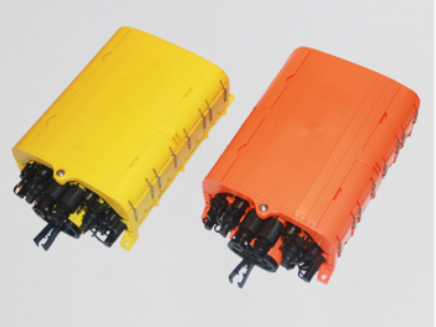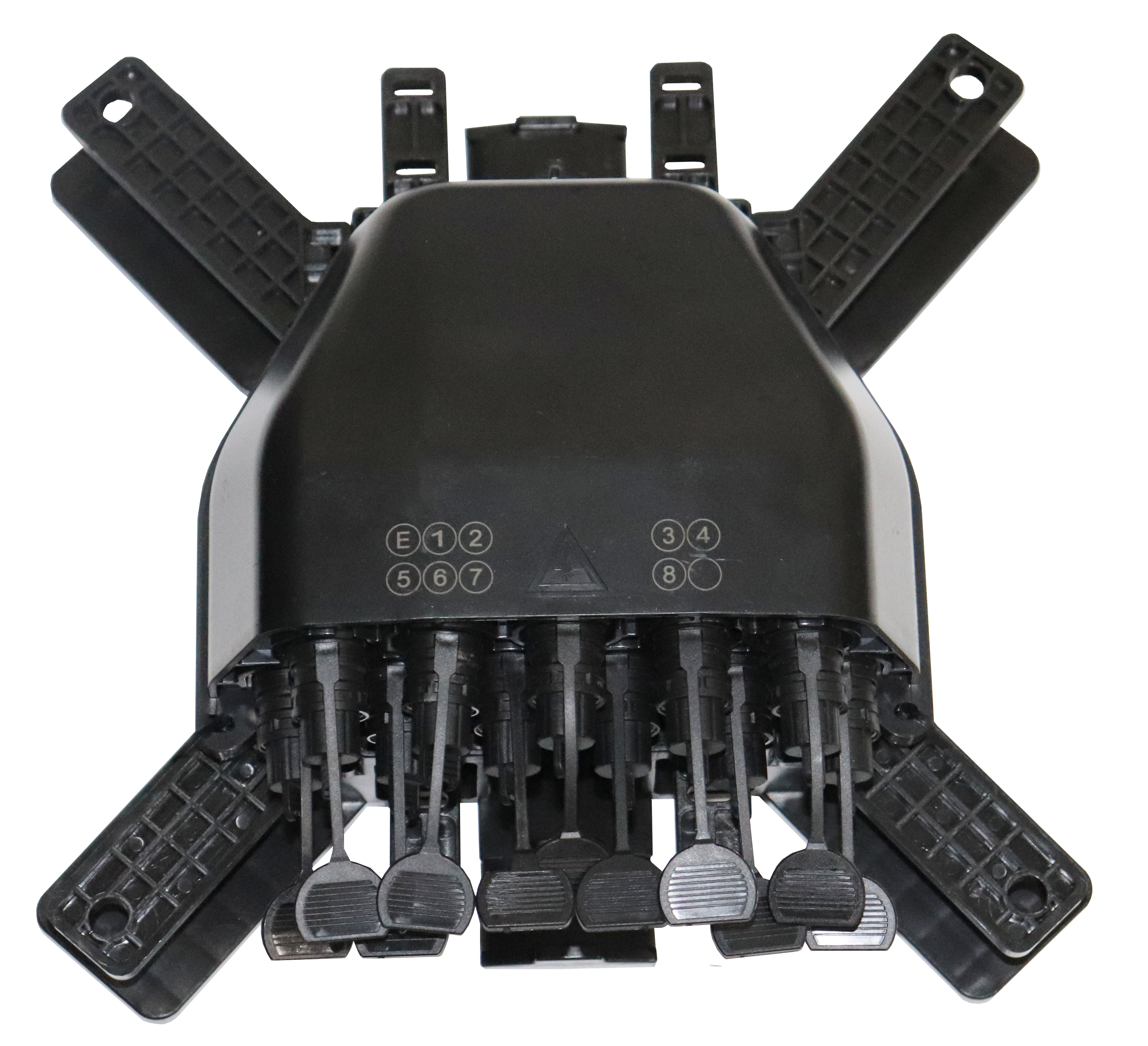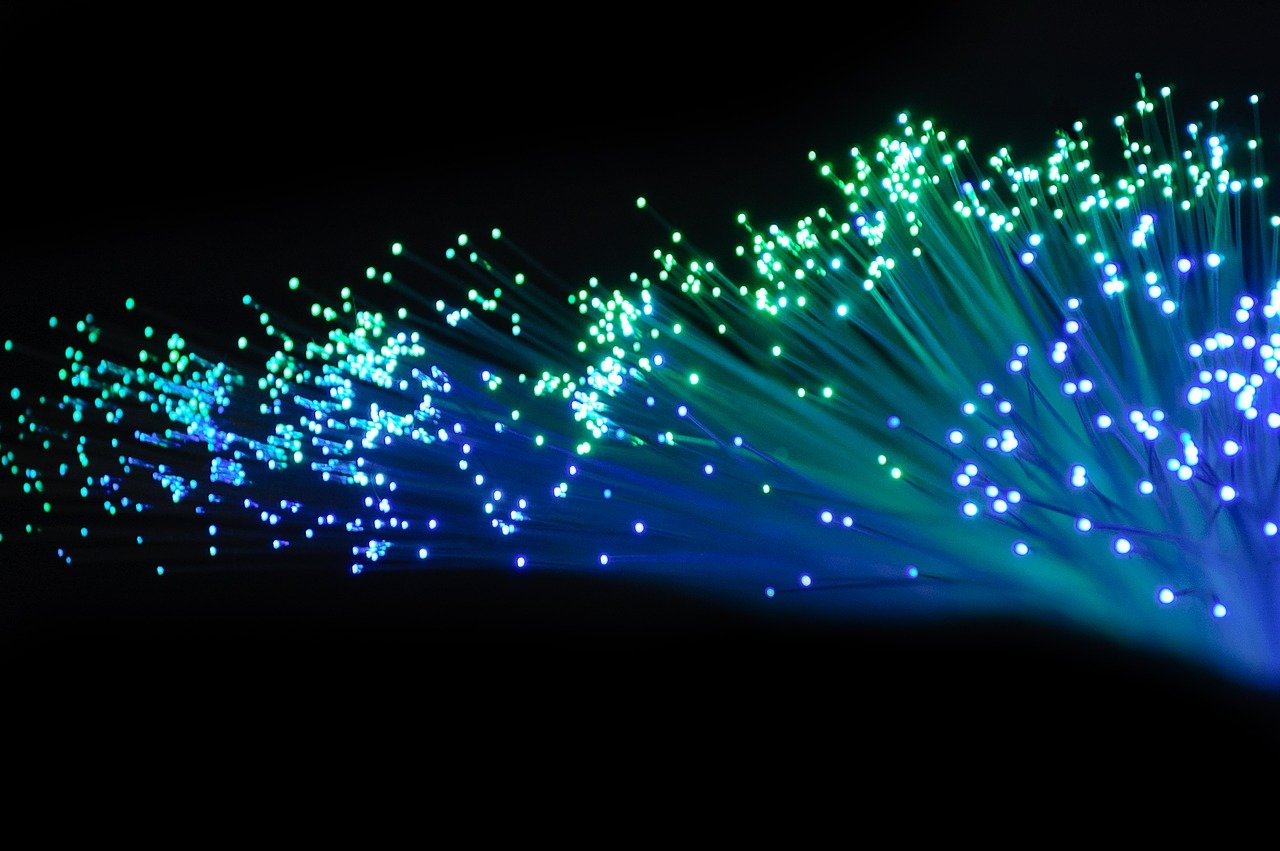The Future of Fiber Optic Termination Technology: Trends and Innovations

The Future of Fiber Optic Termination Technology
As technology continues to advance, the future of fiber optic termination technology holds immense potential. With the increasing demand for high-speed and reliable data transmission, it is crucial to explore the evolving landscape of fiber optic termination technology. Termination boxes and adapter panels play a significant role in fiber optic networks, ensuring seamless connectivity and efficient signal transmission. By understanding the significance of termination boxes and adapter panels, we can harness their benefits to enhance network performance. In this section, we will delve into the benefits, installation process, maintenance requirements, and selection criteria for termination boxes. Stay tuned to discover how these advancements in fiber optic termination technology can revolutionize your network infrastructure.
Termination Boxes: Types and Benefits
Termination boxes are essential components in fiber optic networks, providing a secure and organized environment for fiber optic connections. Understanding the definition and purpose of termination boxes is crucial for network administrators and technical professionals.
Understanding Termination Boxes
A termination box, also known as a fiber optic termination enclosure or fiber optic connector box, is a protective housing that terminates and protects optical fibers. It serves as a connection point between the incoming fiber optic cable and the individual fibers that connect to various devices or equipment.
Different types of termination boxes are available to suit different network requirements. Some common types include wall-mounted termination boxes, rack-mounted termination boxes, and outdoor weatherproof termination boxes. Each type has its own features and advantages, such as varying port densities, splice tray capacities, and protection levels against dust, moisture, and physical damage.
Benefits of Termination Boxes
Termination boxes offer several benefits that contribute to improved signal quality, reliability, and overall network performance:
Improved Signal Quality: Termination boxes provide proper cable management and strain relief for fiber optic connections. This helps minimize signal loss due to bending or stretching of fibers, ensuring optimal signal transmission.
Protection of Fiber Optic Connections: Termination boxes offer physical protection for delicate optical fibers from environmental factors like dust, moisture, temperature fluctuations, and accidental damage. This helps maintain the integrity of the connections over time.
Organization of Fiber Optic Connections: With multiple fibers coming into a termination box from different cables or devices, organization becomes essential. Termination boxes provide structured arrangements for splicing fibers or connecting them to patch panels or adapter panels. This makes troubleshooting easier and reduces downtime during maintenance or repairs.
By utilizing termination boxes in your fiber optic network infrastructure, you can ensure enhanced signal quality, protection for your connections, and efficient organization of your fiber optic cables.
Adapter Panels: Role and Advantages
Adapter panels play a crucial role in fiber optic connections, providing a convenient and efficient way to connect and manage optical fibers. Understanding the role and advantages of adapter panels is essential for network administrators and technical professionals.
Understanding Adapter Panels
Adapter panels, also known as fiber optic adapter plates or connector panels, serve as an interface between fiber optic cables and equipment. They provide a platform for connecting various types of fiber optic connectors, allowing for seamless connectivity within the network.
There are different types of adapter panels available to accommodate different connector types, such as LC, SC, ST, or MPO connectors. These adapter panels can be loaded into patch panels or termination boxes for easy access and organization.
Benefits of Adapter Panels
Using adapter panels in your fiber optic network infrastructure offers several advantages:
Efficient Fiber Optic Connectivity: Adapter panels enable efficient connectivity by providing a standardized interface for connecting different fibers. This allows for quick and reliable interconnections between devices or equipment without the need for complex splicing or termination processes.
Easy Installation and Maintenance: Adapter panels simplify the installation process by providing a plug-and-play solution. They eliminate the need for time-consuming splicing or terminating procedures, reducing installation time and effort. Additionally, maintenance becomes easier with adapter panels as they allow for easy replacement or reconfiguration of connectors when needed.
By incorporating adapter panels into your fiber optic network design, you can ensure efficient and flexible connectivity while simplifying installation and maintenance processes.

Troubleshooting Techniques for Termination Boxes
Termination boxes are critical components in fiber optic networks, but like any technology, they can encounter issues. Understanding common problems and having troubleshooting techniques at your disposal is essential for maintaining optimal performance.
Common Issues with Termination Boxes
Identifying common problems in termination boxes is the first step towards effective troubleshooting. Some of the issues that may arise include:
Poor Signal Quality: This can be caused by improper cable management, loose connections, or damaged fibers within the termination box.
Intermittent Connectivity: If you experience intermittent connectivity or signal loss, it could be due to loose connectors, faulty splices, or inadequate strain relief.
Dust and Contamination: Dust particles or contaminants can accumulate inside the termination box over time, leading to signal degradation and reduced performance.
Troubleshooting Techniques
To address these issues and maintain optimal performance, follow these troubleshooting techniques:
Visual Inspection: Perform a visual inspection of the termination box to check for loose connectors, damaged fibers, or signs of contamination. Clean the box if necessary using appropriate cleaning tools and materials.
Check Connections: Ensure all connections are secure and properly seated within the termination box. Tighten any loose connectors and reposition any misaligned fibers.
Test Equipment: Use specialized testing equipment such as an optical power meter or an OTDR (Optical Time-Domain Reflectometer) to measure signal strength and identify potential faults along the fiber optic link.
Follow Best Practices: Adhere to best practices for installation and maintenance of termination boxes. This includes proper cable management, strain relief techniques, and regular inspections to prevent dust accumulation or damage.
By following these troubleshooting techniques and implementing preventive measures, you can resolve common issues with termination boxes and ensure optimal performance in your fiber optic network.
The Future of Fiber Optic Termination Technology
As technology continues to evolve, the future of fiber optic termination technology holds exciting possibilities. Emerging trends and innovations are set to revolutionize the field, enhancing performance and connectivity in fiber optic networks.
Emerging Trends in Termination Technology
Advancements in termination box design and functionality are on the horizon. Manufacturers are exploring new materials and construction techniques to improve durability, ease of installation, and scalability. Additionally, the integration of artificial intelligence (AI) and automation is expected to streamline maintenance processes, optimize signal transmission, and enhance overall network efficiency.
Innovations in Adapter Panels
Adapter panels are also undergoing significant advancements. Enhanced performance and compatibility with different connector types are being achieved through improved manufacturing techniques and precision engineering. Furthermore, adapter panels are being integrated with Internet of Things (IoT) and smart technologies, enabling seamless connectivity with other devices and systems.
These emerging developments and upcoming advancements in fiber optic termination technology promise a future where networks can achieve even higher speeds, greater reliability, and increased flexibility.
Emerging Trends and Innovations
Staying informed about the latest trends in fiber optic termination technology is crucial for network professionals and enthusiasts alike. By keeping up with emerging developments, you can prepare for the future of fiber optic networks and embrace the benefits and advancements that termination boxes and adapter panels offer. As optical fiber termination technology continues to evolve, upcoming advancements hold the promise of faster speeds, improved reliability, and enhanced connectivity. By embracing these innovations, you can ensure your network stays ahead in this ever-evolving field.
See Also
Advancements and Trends in Rodent Proof Fiber Optic Technology
Wall Mount Solutions and Trends for Fiber Optic Patch Panels
Exploring Passive Optical Splitter Technology for Fiber Optic Splitters
FC/UPC vs FC/APC: The Future of Fiber Optic Patch Cord Connectors
Switchable Uniboot Patch Cords: The Future of Fiber Optic Connectivity


